In Paraíba, one of the most popular destinations besides the capital is the city of Lucena, located on the north coast, 50 kilometres from João Pessoa.
Lucena in Paraíba is a tropical paradise with 15 kilometres of deserted beaches and a turquoise sea, making Lucena, in the state of Paraíba, a paradise of perfect tranquillity, ideal for holidays and excellent for living.
Colonial architecture, untouched jungle trails, lagoons and natural pools in the sea all contribute to Lucena’s unique charm.
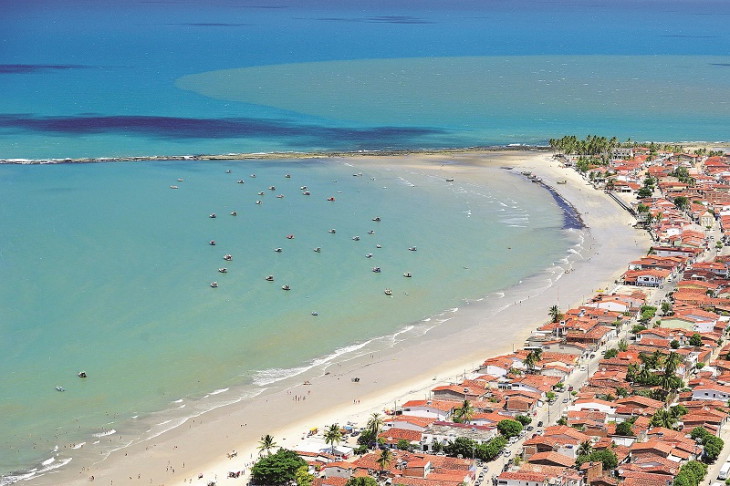
Video – Tourist information about Lucena PB
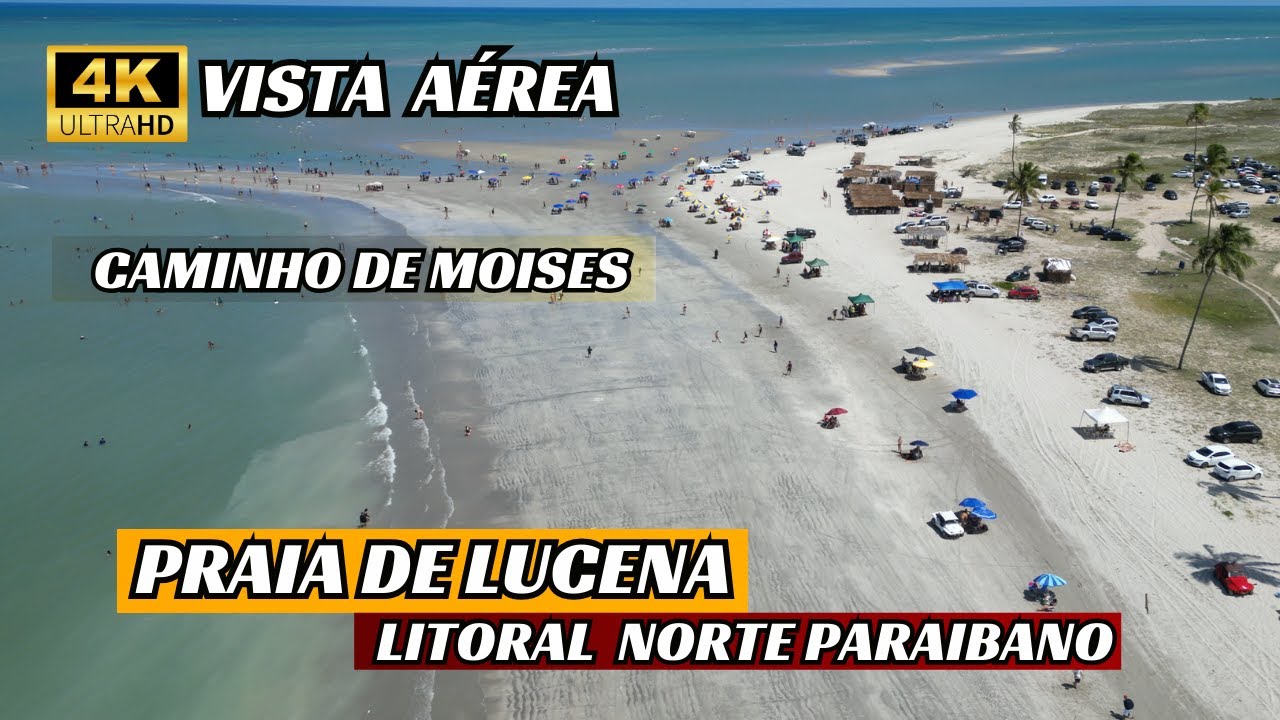

Praia de Lucena PB00:45

Praias de Lucena na Paraíba04:12

Lucena - Reportagem07:05

Lucena PB - Drone
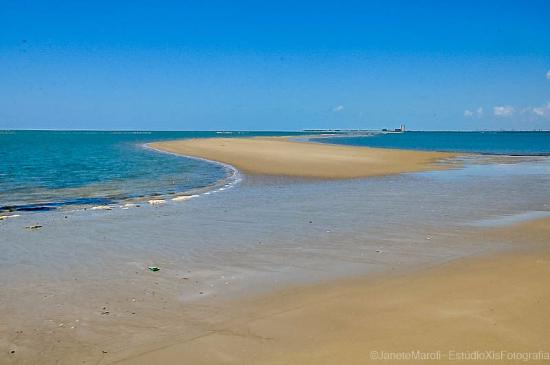
Praia de Lucena PB
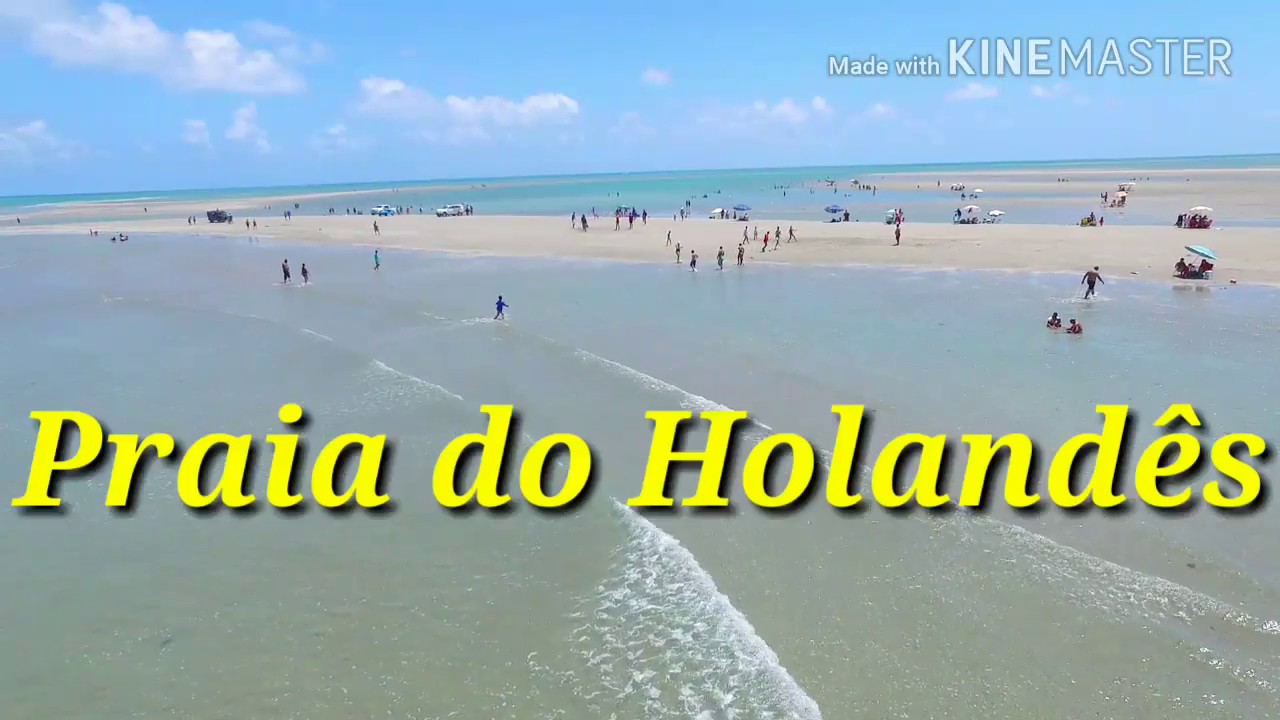
Praia do Holandes em Lucena PB
Lucena PB Tourist Highlights
Lucena is a coastal city known for its beautiful beaches, rich history and natural landscapes. The city offers a combination of tranquillity, culture and outdoor activities, making it an attractive destination for tourists wishing to explore the Paraiba coast.
1. The beaches
- Lucena Beach: The city’s main beach, with a long stretch of golden sand, calm waters and lots of coconut palms.
- Praia de Costinha: A quiet, less crowded beach with clear waters and fine sand.
- Praia do Holandês: Known for its warm waters and cosy atmosphere, this beach is excellent for families.
- Ponta de Lucena Beach: A beach with stunning views and a wild atmosphere, perfect for nature lovers.
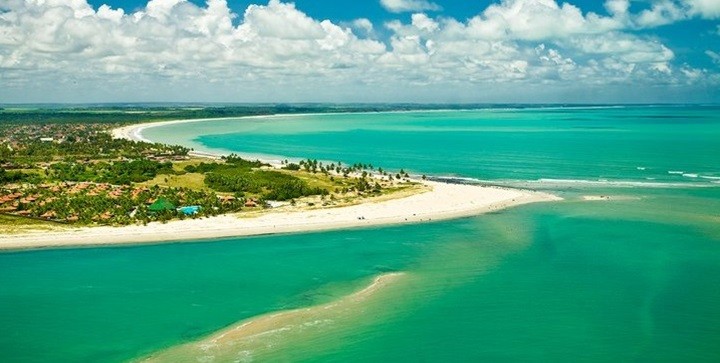
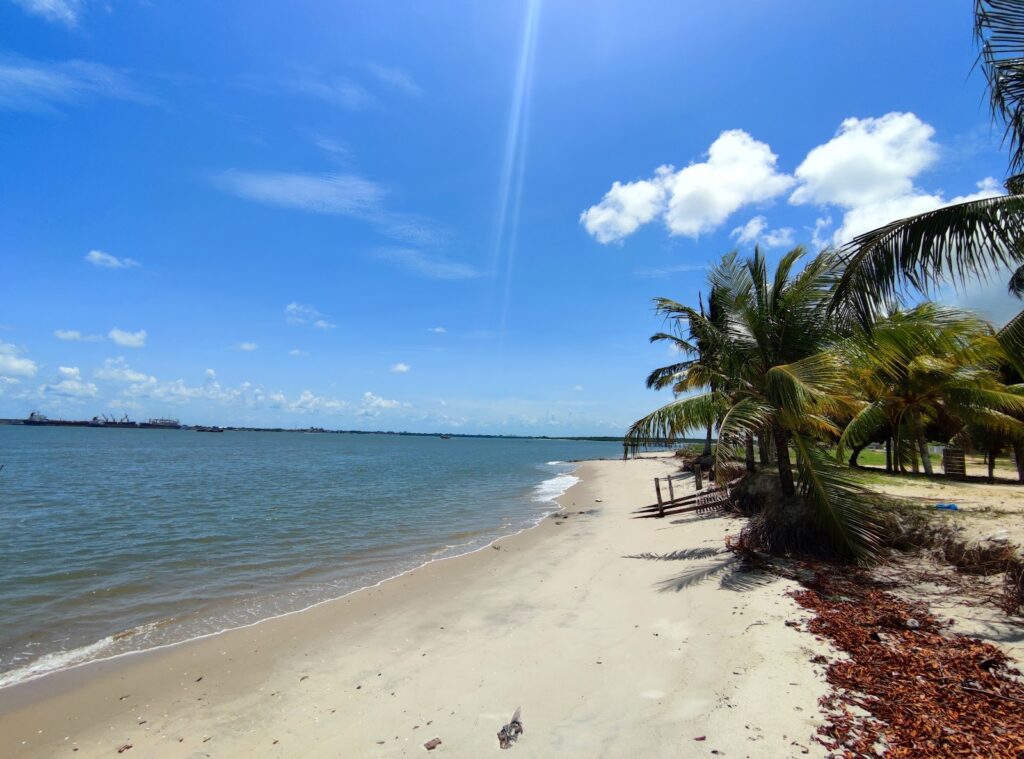
2. Things to do in Lucena
1. Ruins of the Church of Our Lady of Bonsucesso
- Location: On the banks of the Miriri River, in the Bonsucesso district of Lucena.
- History: Built in the 18th century, the church is one of the most important examples of colonial architecture in Lucena. It was built by priests of the Carmelite Order and is a testimony to the religious and cultural history of the region.
Architectural features
- Stone and lime construction: The building uses the traditional techniques of the period, with thick stone and lime walls.
- Ornamental details: Despite its state of ruin, it is still possible to see ornamental details characteristic of the Baroque period, such as niches and carved ornaments on the façade.
- Interior: The interior of the church, although in ruins, gives an idea of its original grandeur, with large rooms and altars that were once decorated with sacred art.
2. Chapel of Our Lady of Guia
- Location: Situated in the centre of Lucena.
- History: This colonial chapel is dedicated to Our Lady of Guia, the patron saint of the city.
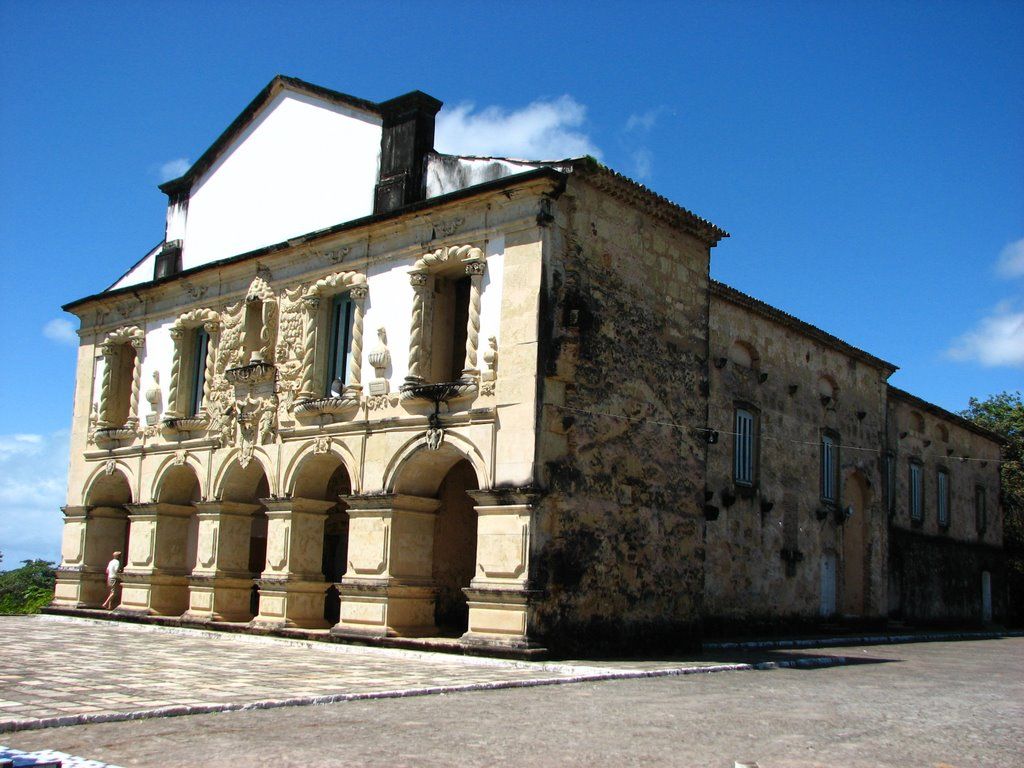
Architectural features
- Simple façade: The façade of the chapel is typical of the Brazilian colonial style, with simple lines and a small bell tower.
- Wooden door: The entrance door is made of solid wood, with rustic details that reflect the simplicity and beauty of colonial craftsmanship.
- Interior: The chapel’s interior is modest, with a main altar dedicated to Our Lady of Guia, decorated with traditional religious elements.
3. Colonial Mansions
- Location: Scattered around the historic centre of Lucena and close to the waterfront.
- History: Many of the houses date from the 18th and 19th centuries, reflecting the prosperity of the time when Lucena was an important trading centre.
Architectural features
- Taipa and wooden structures: Many mansions are built using traditional taipa de pilão and wooden techniques, typical of the colonial period.
- Windows and doors: The windows and doors of the mansions have detailed woodwork with wrought iron railings.
- Balconies and Verandas: Some buildings have balconies and verandas with wooden or iron balusters, which add a special charm to the architecture.
- Colonial tile roofs: The roofs are made of colonial tiles arranged in gables, a characteristic element of the architecture of the time.
4. Miriri River Estuary
The meeting of the Miriri River and the sea creates a beautiful estuary rich in biodiversity.
- Boat trips: Explore the estuary and observe the local fauna.
- Fishing: Popular activity in the area.
5. Bom Sucesso viewpoint
A short walk will take you to the top of a cliff that offers one of the most beautiful views of the north coast.
From the viewpoint, tourists can see almost the entire length of Lucena’s beaches, the mouth of the Camaçari River and the confluence of the Miriri River with the sea.

3. Cultural events
Feast of Our Lady of Guia
Celebrated in September, this is one of the most important religious festivals in the city and attracts many visitors.
- Processions and masses: Religious events that form part of the festivities.
- Fairs and festivals: Typical food, music and cultural performances.
4. History of the city of Lucena in Paraíba
Its first inhabitants were the Portuguese, who passed through in 1596. At the time of the occupation, the Dutch army made an unsuccessful landing.
The city was used as a port for French caravels that smuggled brazilwood with the help of the Potiguares Indians.
Lucena was a district of Santa Rita and was granted political emancipation by Law 2664 of 22 December 1961. The official establishment of the municipality took place on the 29th of the same month.
5. Municipality of Lucena
The municipality of Lucena is made up of seven beaches. It’s a town with full infrastructure and a population of around 15,000 – during the four days of carnival it can reach 60,000 people.
All its beaches are calm and ideal for swimming and fishing. There are rafting trips to discover the fish pens that are exposed at low tide.
There are places for diving, canoeing and various water sports. In Bonsucesso, which is an extension of Praia de Lucena, you can see the ruins of the Bonsucesso church (16th century), supported by a wild tree.
The natural beauty of the white sands is the ideal place to enjoy a beer and fresh seafood. During Carnival, the city comes alive and there’s plenty of entertainment.
Map of João Pessoa and Paraíba beaches
This post is also on:
![]() Português
Português ![]() English
English ![]() Deutsch
Deutsch ![]() Español
Español ![]() Français
Français



















